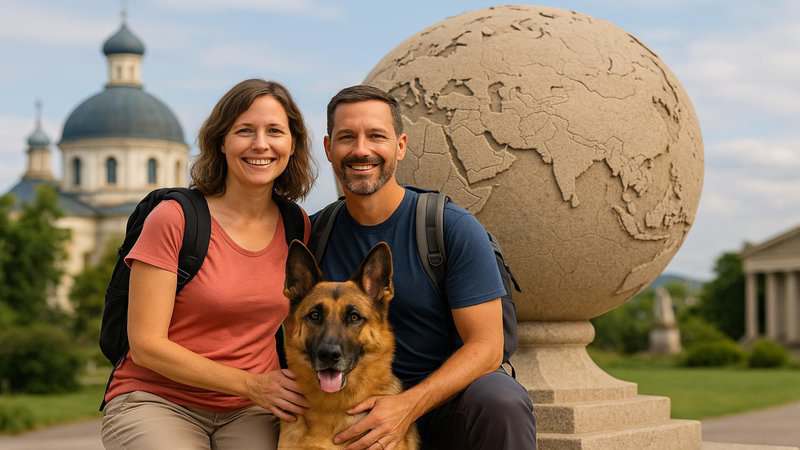At age 45, John and Agnes made a life-changing decision: they left behind their conventional careers and the daily grind for a life of adventure. Instead of settling into retirement at home, they found a unique path—traveling the globe full-time as house-sitters. For the past five years, they haven’t paid rent, yet they’ve enjoyed comfortable stays from Parisian apartments to Australian beach houses. Their story is a testament to creative living, financial freedom, and the possibilities available to those willing to step off the beaten path. In this article, we’ll explore their journey, smart savings strategies, and practical lessons for anyone inspired to follow in their footsteps.
























